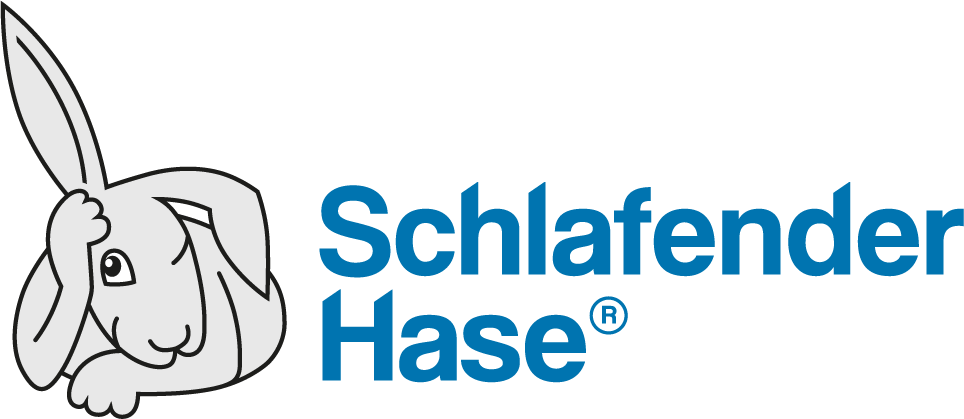Top Pharma use document comparison software to proofread labeling. Why aren’t you?
When the subject of proofreading comes up, most think of correcting written text in a document such as a book or a school essay. In the Pharma industry, however, proofreading is a whole lot more than that.
Packaging and labeling include elements such as dosage, instructions for use, company logo and numerous other graphics, as well as a variety of different barcodes. Everything has a purpose and must be correct before medicine is delivered to patients.
Ensuring patient safety is of absolute importance. Whatever the format (including online and hardcopy/print), all versions must be true to their approved original throughout the entire lifecycle. Furthermore, content format (font, type size, etc.) must be compliant with local regulatory specifications. A mistake could cause a misprint resulting in a CAPA (corrective and preventative action), a recall, or even worse, a negative effect on a patient’s life.
If your job includes checking or comparing documents for errors, you might not even realize that what you’re doing is actually proofreading.
Why is document comparison software needed in Pharma?
Proofreading is crucial in Pharma and serves as an integral part of the quality control process. Traditionally, this process has been manual, usually involving two people who check content line by line, item by item, sometimes with a third person verifying their work. Whether you are involved in Clinical Research, Submissions, Regulatory Affairs, Artwork, Marketing or Legal Affairs, using highly qualified professionals to manually proofread isn’t only very expensive, but also inefficient.
Using a document comparison software eliminates the risk of human error. The software instantly identifies errors and inconsistencies in the documentation, labeling, packaging and other materials so users can correct them and prevent expensive mistakes, misprints and recalls. Deviations such as a missing character (ex: 1 mg instead of 10 mg), a missing dash (ex: take a tablet 12 times a day instead of take a tablet 1-2 times a day) or duplicated words (ex: “Do not not chew” instead of “Do not chew”) are some common deviations that can be easily overlooked by the human eye.
For more information on how a comparison software can improve your work life, we’ve put together a list of the top 10 ways using a comparison software to automate proofreading makes your life easier.
Why do top Pharma companies use document comparison software?
Document comparison (or proofreading) software compares digital files with different layouts and in different formats (ex: Word to PDF) to catch any potential deviations early in the process. The software will instantly find, or “proofread”, any deviations between the two digital files (ex: spelling, font size, graphics, font style, barcodes, etc.) All you need to do is decide whether these deviations are acceptable or not.
The software is very simple and easy to use:
1) Upload and compare your documents
2) Review and comment on any identified deviations
3) Approve the content
Finally, an Audit Trail Report can be generated and saved to ensure GMP (good manufacturing practice) compliance.
By implementing a comparison software, Pharma companies experience:
- Reduced proofreading costs (only one person is needed to proofread at a fraction of the time)
- Reduced risk (100% deviations with approved text identified, every time)
- Peace of mind that labeling content is accurate and safe for patients (less stress for those responsible for the labeling content)
- Reduced correction cycles (more time to do other higher value tasks)
- Improved document consistency across departments (no more misprints or recalls)
It comes as no surprise that today, all the top 20 global Pharma companies already use a document comparison software instead of manually proofreading.
The industry standard: TVT
TVT, the Text Verification Tool®, is custom built for the life sciences industry with specific features addressing the unique needs of the industry. TVT has become the industry standard and is regularly listed as an asset when Pharma companies are posting jobs requiring a high volume of proofreading.
According to a Regulatory Affairs Manager at Teva, “TVT has the potential to revolutionise how we work in regulatory affairs, dramatically reducing ‘dead’ proofreading time that can be spent on more value-adding activities. I wish I’d known about this proofreading solution years ago!”
TVT is a validated software that can verify text, spelling, artwork and barcodes (including country-specific Health Authority Codes) all in one project, generating a complete audit trail report. It facilitates compliance with FDA (21 CFR Part 11) and EU (Annex 11) regulations and supports the latest QRD, SPL and SPM submission formats.
Typical uses for TVT include reviewing research studies, submissions, CCDS, SPC/SmPC, PI/ePI, labels, cartons, and marketing/advertising/promotional materials, amongst others.
According to Erika Galiatsos, Corporation Manager, Labeling, Regulatory Affairs at Interchem, “[p]urchasing TVT was a very wise business decision. The software has been an enormous asset to our department. It has cut down on the time it takes to proofread, allowing us to accomplish our goals more quickly and efficiently.”
Tips for implementing a document comparison software for your team
Before taking the step of bringing new technology into your organization, it is important that all stakeholders be on board with the process and understand what this new technology will bring. This is especially true in Pharma when things like validation, data integrity and integration with existing systems/processes are essential.
If you are considering implementing a comparison software like TVT, here is a list of 13 questions to ask yourself and your team before making a final choice.





